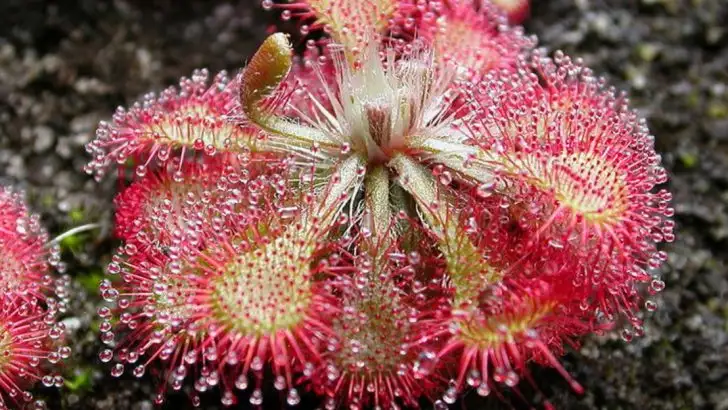Some plants are surprisingly sensitive, reacting to even the slightest disturbance. Whether it’s sudden movement, touch, or changes in light, these plants have developed fascinating ways to protect themselves or send signals when they feel threatened.
In this article, we uncover 19 plants that get angry and react when disturbed. From the famous Mimosa pudica, whose leaves fold when touched, to the sensitive Venus flytrap that snaps shut at the slightest movement, these plants are truly remarkable. If you’re fascinated by the intelligent behavior of nature, these plants will amaze you with their ability to react like never before!
Mimosa Pudica
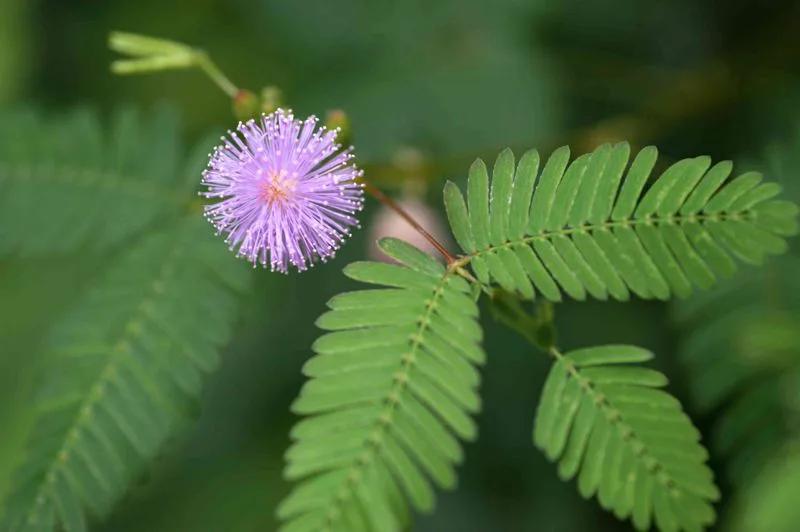
Known as the “Sensitive Plant,” this tropical wonder responds to the slightest touch by folding its delicate leaves. This defense mechanism might deter herbivores or prevent damage from falling raindrops. Its rapid leaf folding is a fascinating sight, showcasing nature’s ingenuity in plant defense. Observing this plant, one can witness a live example of plant sensitivity and reaction. Try gently touching its leaves and watch them close instantly. While not harmful, the repeated closing can stress the plant, so it’s best to admire rather than over-handle. A must-see for plant enthusiasts and curious minds alike.
Venus Flytrap
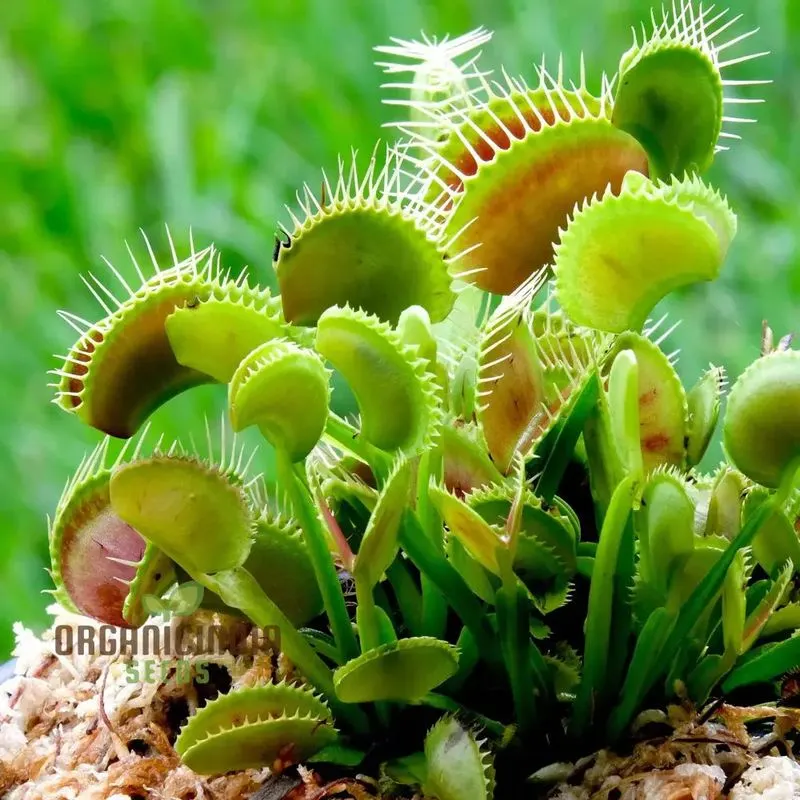
The Venus Flytrap is famed for its carnivorous appetite, snapping shut on unsuspecting insects that wander into its trap. This unique feeding mechanism involves specialized leaves that act like spring-loaded jaws. When trigger hairs inside the trap are disturbed, the plant closes swiftly to capture its prey. Remarkably, this reaction is specific enough to avoid false alarms from wind or raindrops. Nutrient-poor soil has led to this incredible adaptation, allowing the plant to supplement its diet. Witnessing a trap in action is both a thrilling and educational experience, showcasing the complexity of plant evolution.
Sensitive Briar (Mimosa nuttallii)
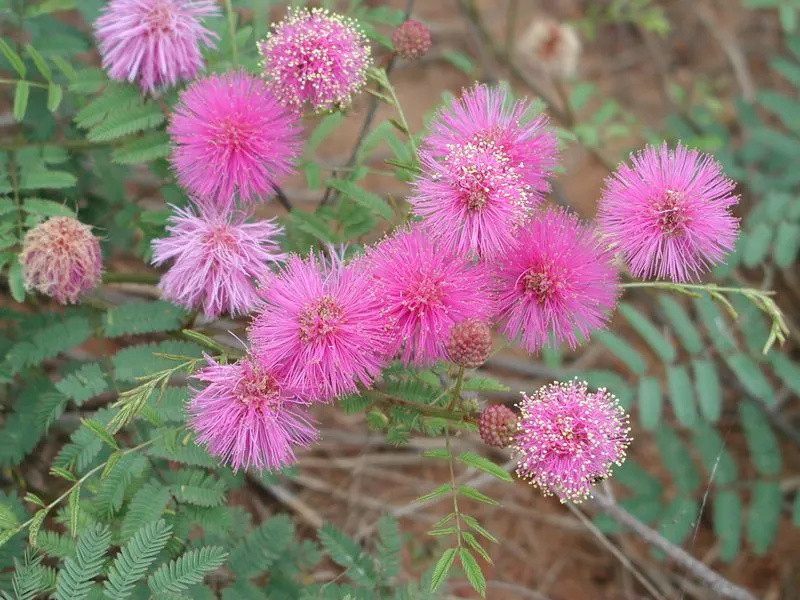
This North American relative of the Mimosa Pudica shares its sensitivity to touch, displaying a similar leaf-folding response. Its tiny pink globe flowers add a splash of color to the prairie landscapes where it thrives. The folding mechanism is a defense strategy against herbivores and harsh weather conditions. It’s a resilient plant, often found in rocky or sandy soils where other plants struggle. The Sensitive Briar’s ability to react to touch is a captivating feature, providing a glimpse into plant defense strategies. Its presence enhances the biodiversity and ecological balance of its native regions.
Telegraph Plant (Codariocalyx motorius)
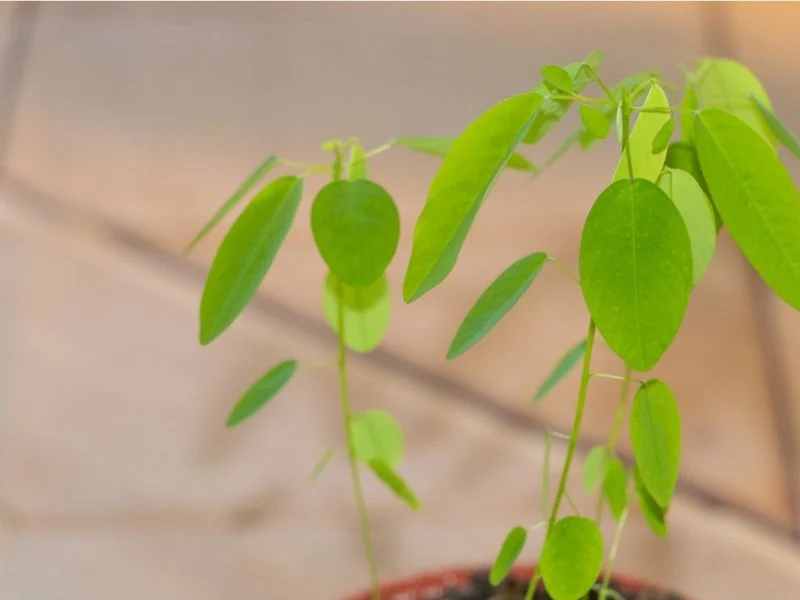
Famed for its movement, the Telegraph Plant’s leaves perform a moving dance, responding to sound vibrations and light changes. This rhythmic leaf movement is a spectacle to behold, often occurring in response to music or ambient noise. It serves as a reminder of the hidden dynamics within seemingly static plants. Its small, triangular leaves move in circles, almost as if expressing an invisible force. The Telegraph Plant’s sensitivity to its environment highlights the complexity and adaptability of plant life. Observing this plant offers a unique perspective on how plants interact with their surroundings.
Touch-me-not Balsam (Impatiens noli-tangere)
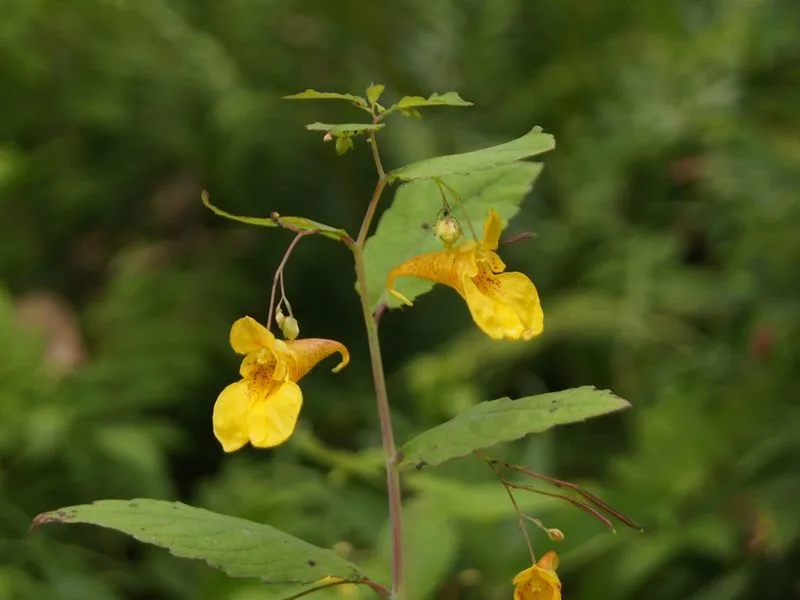
This plant’s name reveals its nature—when touched, its ripe seed pods burst open violently, propelling seeds in all directions. This explosive mechanism ensures the widespread dispersal of its seeds, a clever survival strategy. Often found near streams or in moist woodlands, this balsam adds vibrant yellow hues to its habitat. Its sensitivity to touch makes it a fascinating plant to observe. Though harmless, the sudden burst can surprise unsuspecting admirers. Its explosive nature is a testament to the diverse strategies plants use for reproduction and survival in competitive environments.
Sundew (Drosera)
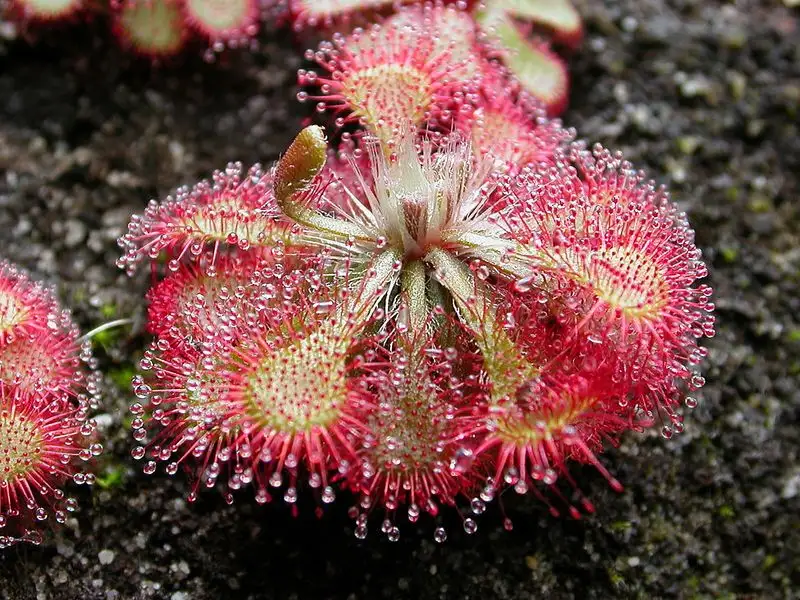
Sundews lure insects with glistening drops of sticky mucilage on their tentacles. Once an insect lands, the plant’s tentacles curl, trapping the prey. This carnivorous strategy allows Sundews to thrive in nutrient-poor, boggy environments. The slow, deliberate movement of its tentacles is a mesmerizing process, demonstrating the patience and efficiency of nature’s designs. Each trapped insect provides much-needed nutrients, showcasing the plant’s adaptation to challenging conditions. Sundews highlight the complex interactions between predator and prey in the plant kingdom and serve as a reminder of the diverse survival strategies in nature.
Bladderwort (Utricularia)
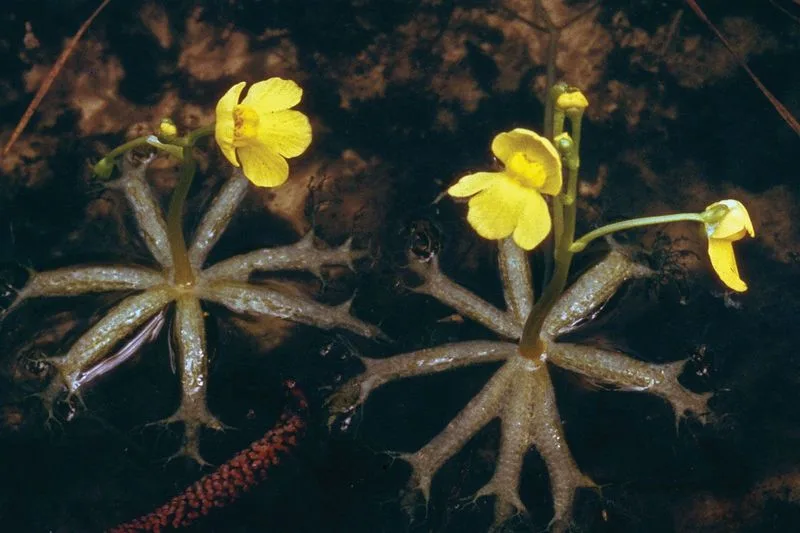
Aquatic Bladderworts are carnivorous plants with bladder-like traps that suck in small aquatic creatures. This ingenious mechanism allows them to supplement their diet in nutrient-poor waters. The bladders are equipped with sensitive hairs that trigger suction when prey is detected. This rapid movement is among the fastest in the plant kingdom, occurring in milliseconds. Bladderworts thrive in freshwater environments, often blooming with vibrant flowers above the waterline. Their ability to capture and digest prey highlights the resourcefulness of plants in adapting to their surroundings. Observing these plants offers insight into aquatic ecosystems.
Fly Orchid (Ophrys insectifera)
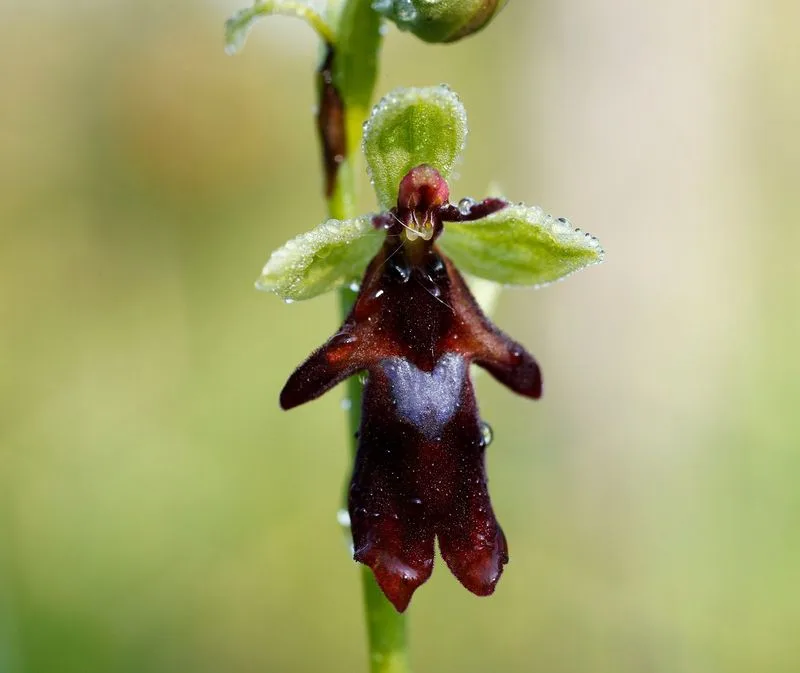
The Fly Orchid uses mimicry to attract pollinators, resembling a female fly to lure male insects. This deceptive strategy is crucial for its pollination, ensuring the continuation of its species. Found in meadows and grasslands, its unique appearance often surprises onlookers. The plant’s ability to mimic insect forms is a testament to the complex interactions between plants and pollinators. By tricking insects into landing, it achieves successful pollination. The Fly Orchid’s mimicry is a fascinating example of evolutionary adaptation, showcasing the intricate relationships within ecosystems. It serves as a natural wonder in the world of orchids.
Cape Sundew (Drosera capensis)

The Cape Sundew is a captivating carnivorous plant native to South Africa, known for its sticky tentacles that ensnare insects. Its long, elegant leaves are covered in glistening droplets, resembling morning dew. When prey is caught, the tentacles slowly wrap around it, securing the meal. This method allows the plant to extract vital nutrients from its catch, compensating for the poor soil quality. Its beauty and deadly efficiency make it a favorite among carnivorous plant enthusiasts. Observing a Cape Sundew in action offers a glimpse into the complexities of plant evolution and survival.
Exploding Cucumber (Ecballium elaterium)

The Exploding Cucumber lives up to its name—when ripe, its fruit bursts, sending seeds flying. This plant is native to the Mediterranean and thrives in dry, sandy soils. Its explosive seed dispersal mechanism ensures that seeds are spread far from the parent plant, reducing competition. The sudden burst is triggered by internal pressure within the fruit, a marvel of natural engineering. While not edible, the plant’s unique dispersal strategy is a fascinating adaptation to its environment. The Exploding Cucumber is a reminder of the diverse methods plants use to ensure their survival and propagation.
Sensitive Fern (Onoclea sensibilis)
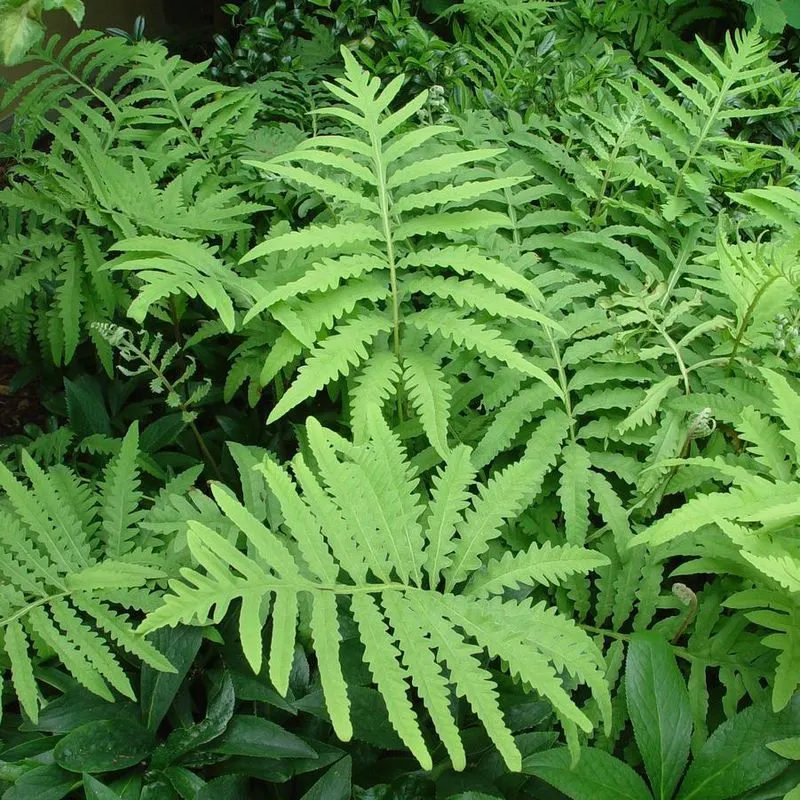
The Sensitive Fern’s name reflects its delicate fronds, which can quickly wither when exposed to frost or harsh conditions. Found in North American wetlands, it thrives in moist, shaded environments. Its sensitivity to environmental changes serves as an indicator of ecological health. The plant’s ability to quickly respond to adverse conditions highlights nature’s adaptability and resilience. Sensitive Ferns contribute to the biodiversity and charm of wetland areas. Their presence indicates a healthy ecosystem, and they play a vital role in supporting local wildlife. This fern exemplifies the interconnectedness of nature.
Peacock Plant (Calathea makoyana)
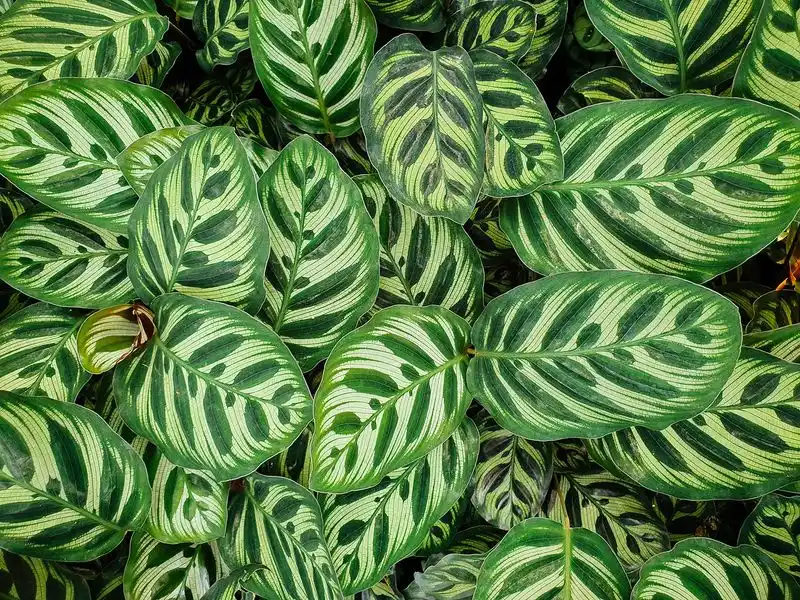
Peacock Plants are known for their striking, patterned leaves that move in response to day and night cycles. At night, the leaves fold upwards, resembling a peacock’s plumage. This daily movement is thought to maximize photosynthesis and minimize water loss. Originating from Brazil’s tropical forests, they are popular houseplants for their beauty and rhythm. This movement reflects a plant’s dynamic adaptation to its environment, relying heavily on moisture and indirect light. Observing a Peacock Plant’s daily routine can bring a sense of rhythm and nature into indoor spaces, making them beloved by plant enthusiasts.
Wild Cucumber (Echinocystis lobata)
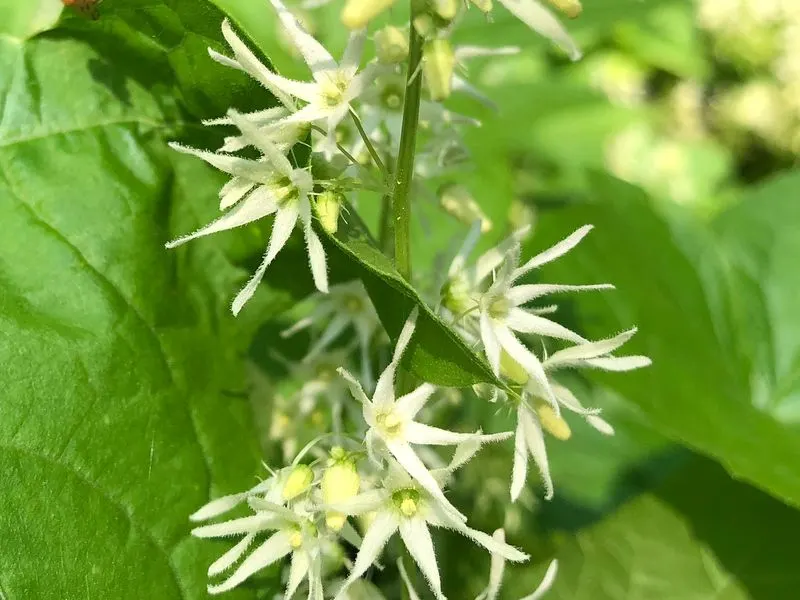
The Wild Cucumber, found in North American woodlands, uses its spiny fruit for effective seed dispersal. When ripe, the fruit splits open, scattering seeds. This plant thrives near water sources, using its climbing vines to access sunlight. Its rapid growth and seed distribution method allow it to colonize new areas swiftly. While its fruit is not edible, the Wild Cucumber contributes to the biodiversity of its habitat. Observing its spiny fruit and rapid growth offers insights into the survival strategies of climbing plants and their role in ecosystem dynamics.
Shy Plant (Mimosa diplotricha)
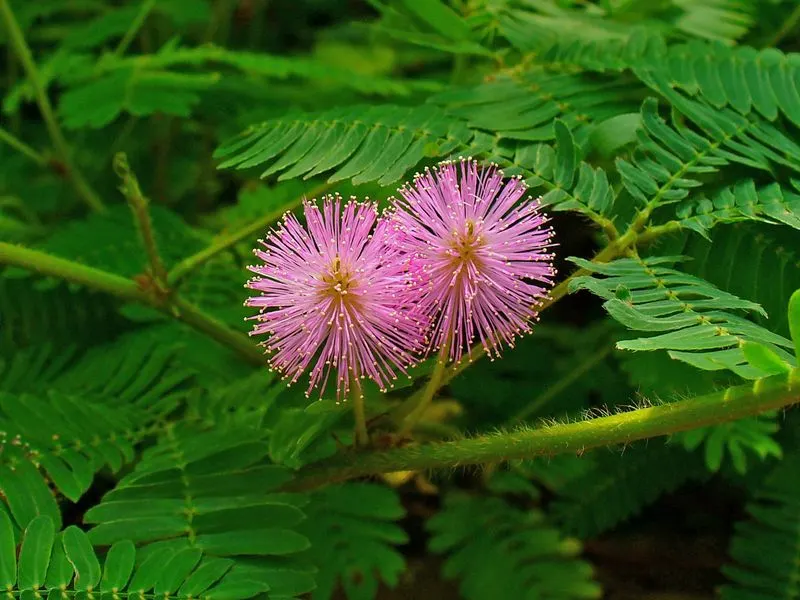
Also known as the Giant Sensitive Plant, this species reacts to touch by folding its leaves, similar to its cousin, the Mimosa Pudica. It’s more robust and can grow into a sprawling shrub. Its rapid leaf movement is a defensive strategy to deter herbivores. Originally from South America, it has spread to tropical regions worldwide. The Shy Plant’s intriguing behavior makes it a popular choice for botanical gardens. Observing its reaction to touch provides a hands-on demonstration of plant sensitivity and defense mechanisms, revealing nature’s intricate designs.
Spurge Laurel (Daphne laureola)
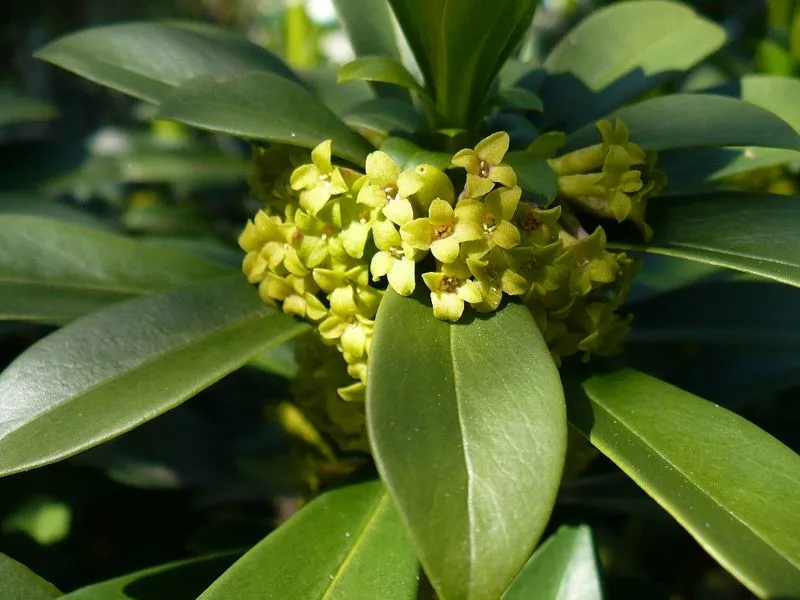
The Spurge Laurel, native to European woodlands, is known for its glossy leaves and small, fragrant flowers. Its berries are toxic, serving as a defense against herbivores. The plant thrives in shaded areas, often found in deciduous forests. Its ability to grow in low-light conditions highlights its adaptability. While its beauty is captivating, caution is advised due to its toxicity. The Spurge Laurel’s presence in the understory of forests supports biodiversity and adds to the visual appeal of natural landscapes. Its defensive strategies are a testament to the complex interactions in ecosystems.
Sensitive Joint Vetch (Aeschynomene virginica)
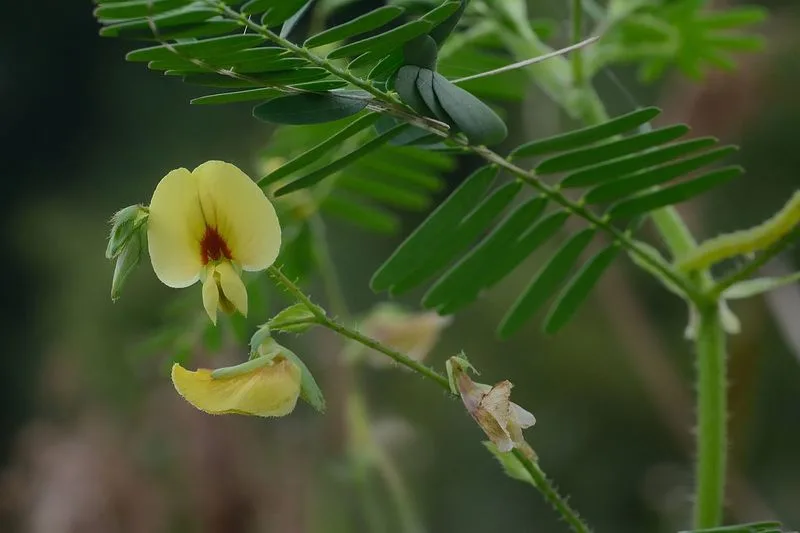
This wetland plant is notable for its sensitivity to environmental changes, particularly water levels. Its compound leaves respond to touch, folding as a defense mechanism. The Sensitive Joint Vetch is often found in marshes and along riverbanks in eastern North America. Its presence indicates healthy wetland ecosystems, contributing to the area’s biodiversity. The plant’s reaction to touch and environmental sensitivity showcases nature’s ability to adapt to fluctuating conditions. Protecting its habitat is crucial for maintaining the ecological balance and supporting the diverse wildlife that relies on these wetlands.
Jewelweed (Impatiens capensis)
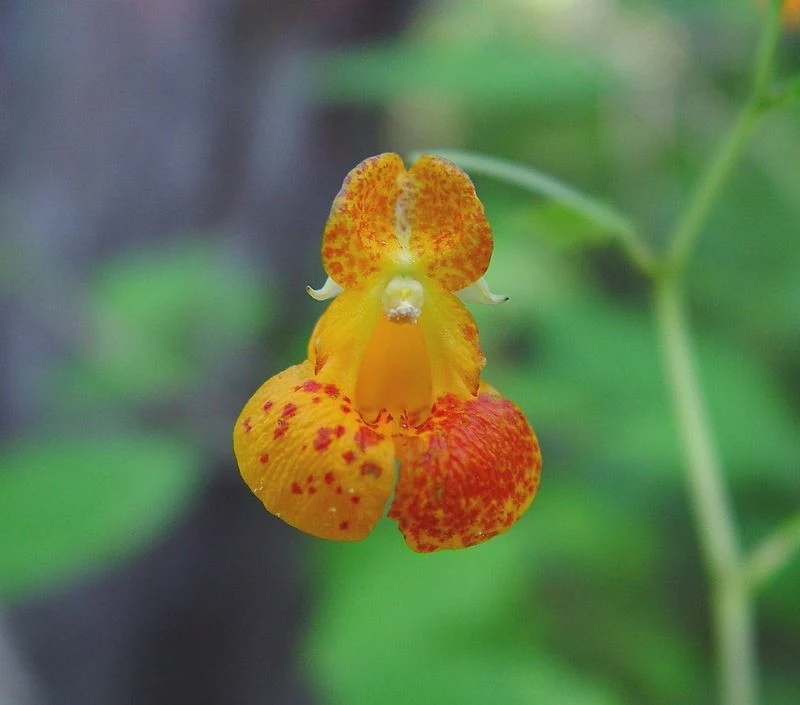
Jewelweed, with its vibrant orange flowers, is found in moist, shaded forests of North America. Known for its explosive seed dispersal, the plant’s ripe pods burst when touched, scattering seeds. This mechanism ensures a wide distribution, allowing the plant to thrive in its habitat. Jewelweed’s succulent stems and leaves are traditionally used to soothe skin irritations, showcasing its practical uses. Its sensitivity to touch and rapid response make it an intriguing subject for nature enthusiasts. Observing Jewelweed in action offers insights into plant survival strategies and their role in forest ecosystems.

